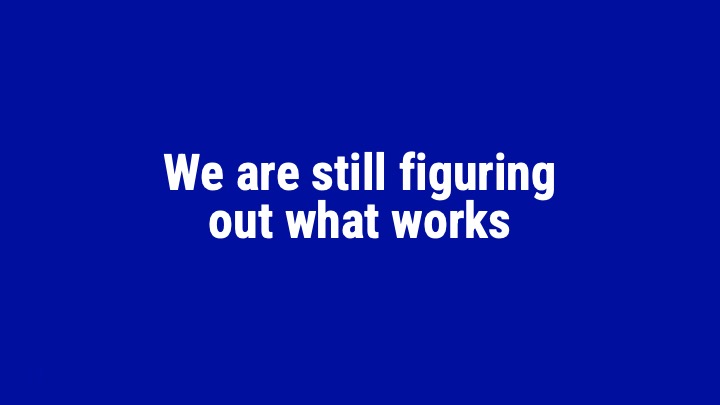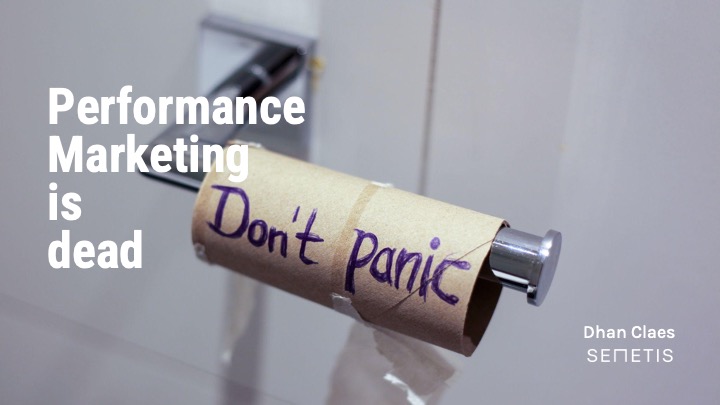
Performance Marketing is dead. Why would someone from an agency with a very performance-oriented background be so provocative? It is because we are seeing things. It is in our DNA to want to get better. Let's begin by openly discussing the existing cracks in the system.

A performance plateau is a common thing in sports. It signifies a stage where no matter how hard you train your progress seems to stagnate. Similarly, at Semetis, we are noticing that brands are hitting a roadblock. Brands are getting to a point where the success of their traditional mix of search, social and display advertising levels off.
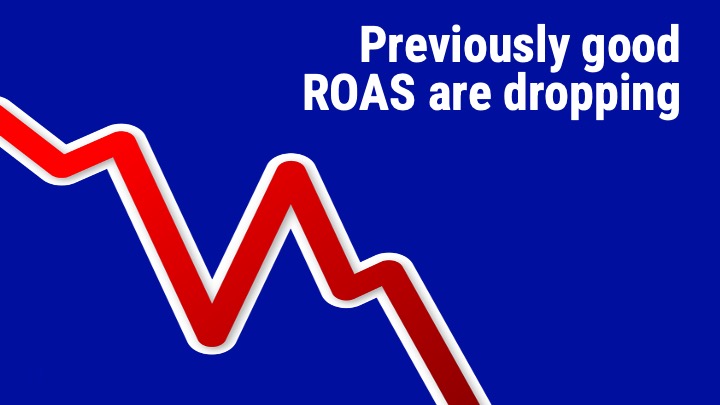

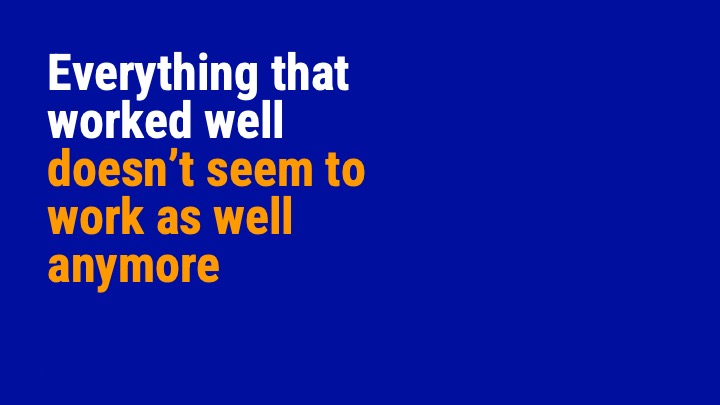
That clear link between advertising and business growth seems to become weaker. The low-hanging fruit seems to be picked. Marketing teams are becoming very nervous and are questioning everything.
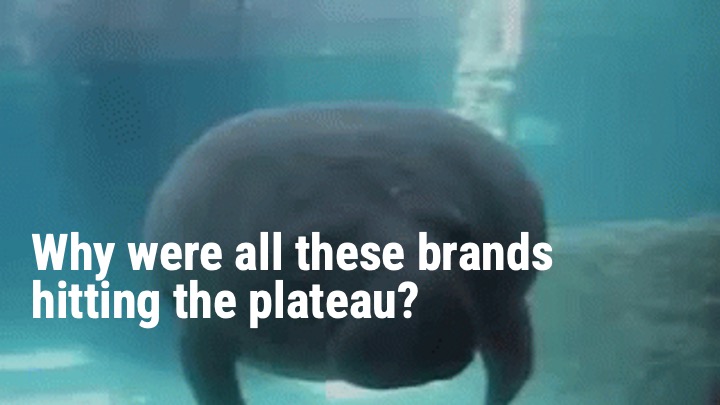
We looked for similarities between our brands that hit this plateau, but couldn’t find similarities at first. It seemed to happen to companies from different sizes (startups, KMO, Large corporations), both B2B and B2C sectors, different industries, including both e-commerce brands and those more reliant on physical sales.

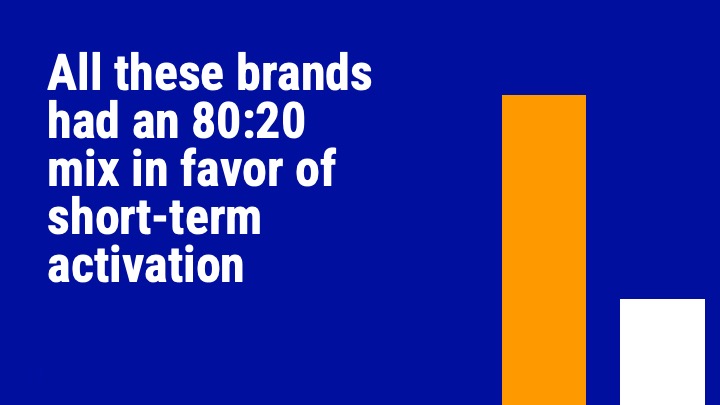
And then we found it. All of these brands had one thing in common. Their Marketing Mixes were all over 80% performance and conversion focussed. So we had a closer look at

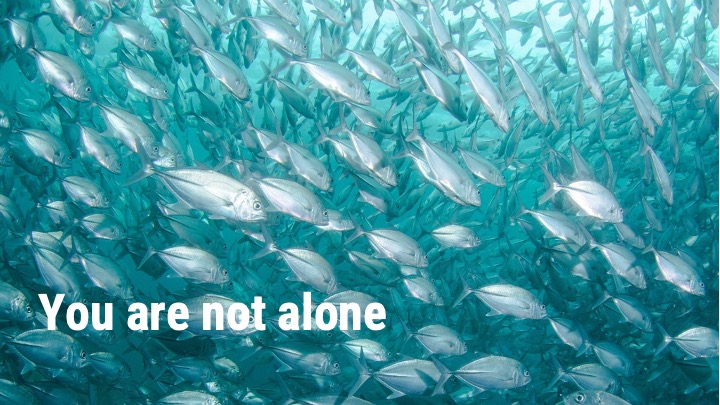
First of all, nobody is immune to the Performance plateau. It can happen to startups, B2B businesses, and major B2C brands. But what is common among the brands that experience this plateau is the emphasis on performance marketing.
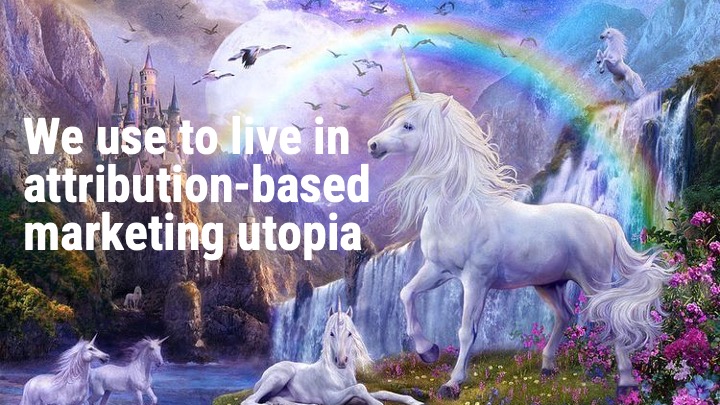
So what is happening? It started two decades ago. When we entered an attribution-based marketing utopia? We could easily track what we got for every euro spent. While branding and creativity were still important, clever creative took a back seat.
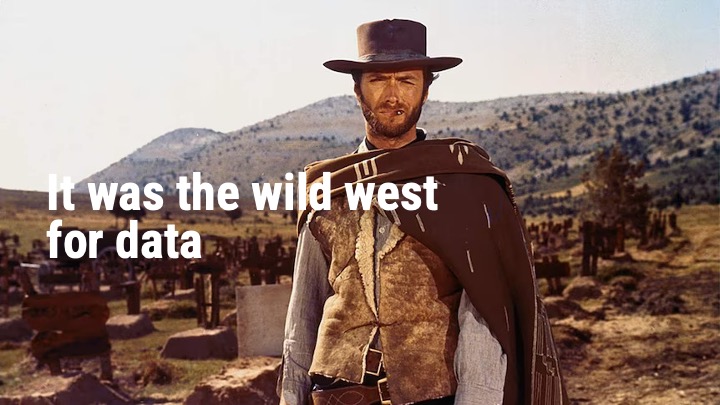
When it came to data, it was the wild west. We could pinpoint a user based on basically anything.

There was no reason to not completely shift spending from brand building to performance marketing channels. Being able to use data to that extent was like typing “motherlode” as a cheat code in The Sims game.
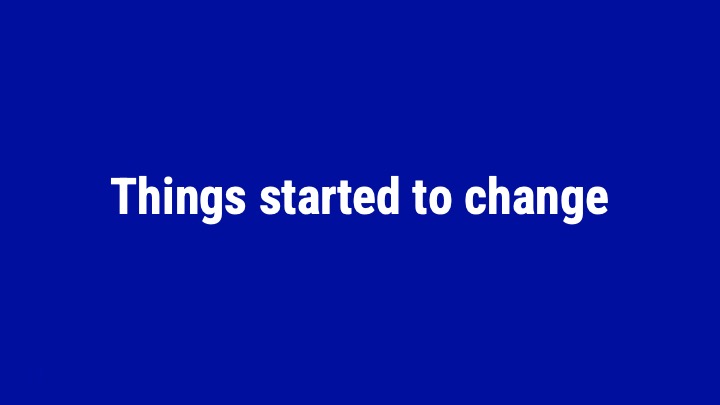
And then things started to change.
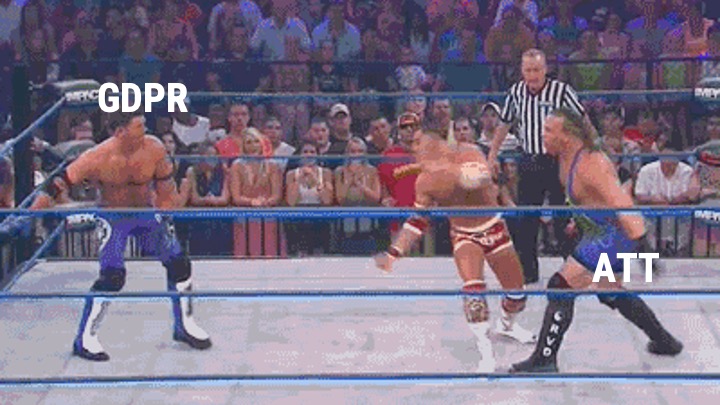
In 2018 GDPR was enacted and companies were now required to be more transparent with users about the data they are tracking. In 2021, Apple drastically changed its privacy policy for apps allowing users to opt out of tracking. And, reducing the maximum duration for retargeting users to 7 days. Consequently, granular targeting, measurement, and attribution become far more difficult.
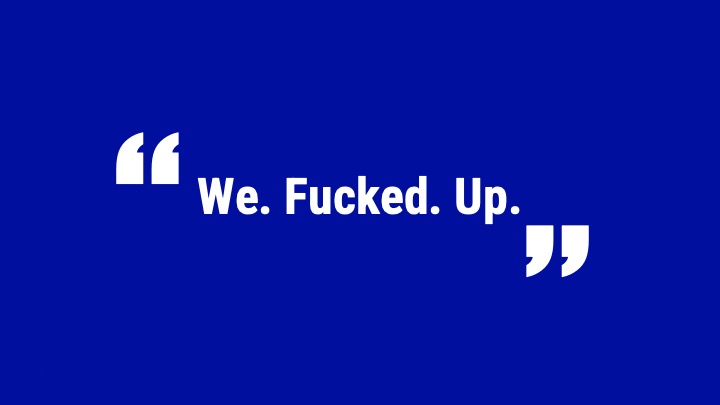
In my opinion, this is good. Because, we digital marketeers fucked up. We did not take privacy seriously and there were no ethical boundaries.

Honestly, we’ve witnessed it firsthand. Politics got influenced by algorithm tricks. It is clear that privacy rules are necessary. Resulting, in the “Motherlode” cheat code fading away.

Secondly, we're witnessing a shift in how online content is spread out. People are consuming content across various digital platforms. The once-dominant giants like Facebook and YouTube are losing their grip on audiences. Snapchat came and went in a flash. TikTok is the current rapidly growing platform, though advertising on it is challenging due to its unique content approach. Overall, Facebook, Instagram, and YouTube are gradually losing their impact as performance channels.
So, when brands are faced with budget limitations. Which is nearly always the situation. Brands turn to focus on bottom-of-the-funnel performance that has proven results in the past. Marketers feel just more comfortable allocating their marketing spend to data-driven performance marketing that delivers results. It makes the spending easy to justify.
But how true is it that these platforms are great at helping brands optimize their direct-response advertising?
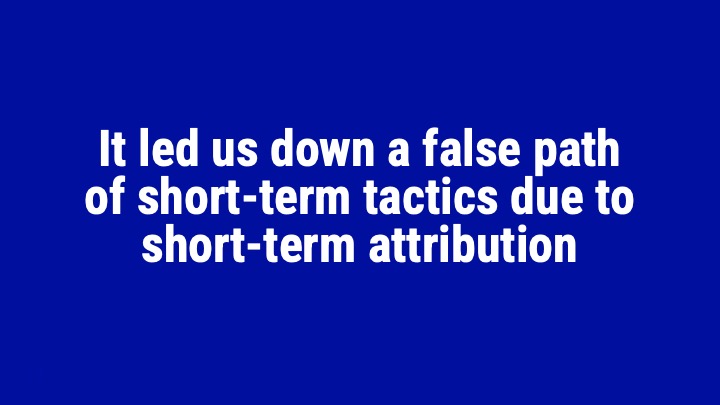
Binet argues that digital media, and in particular, performance marketing led us down a false path of short-term tactics due to short-term attribution.
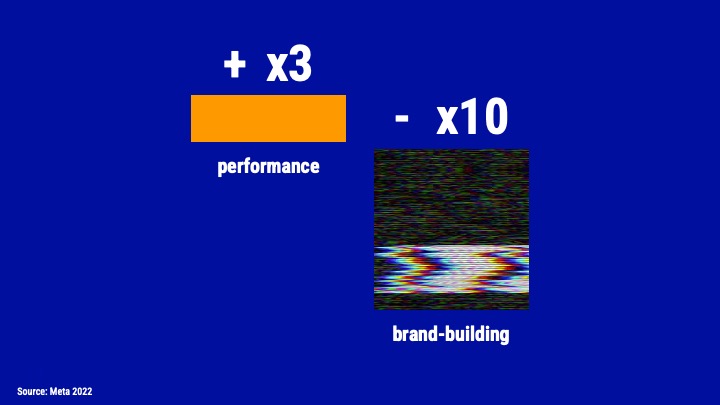
Digital attribution over attributes by a factor of x2 to digital and underestimates long-term brand building by x3 - x10. The digital giants, such as Meta and Google, recognize this. Meta’s research in 2022 acknowledges the significant long-term effect that can be driven by TV advertising.
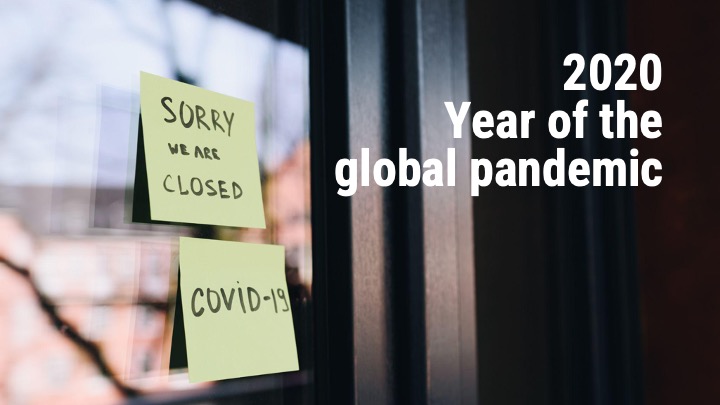
Let's take a journey back to 2020, the year of the global pandemic.
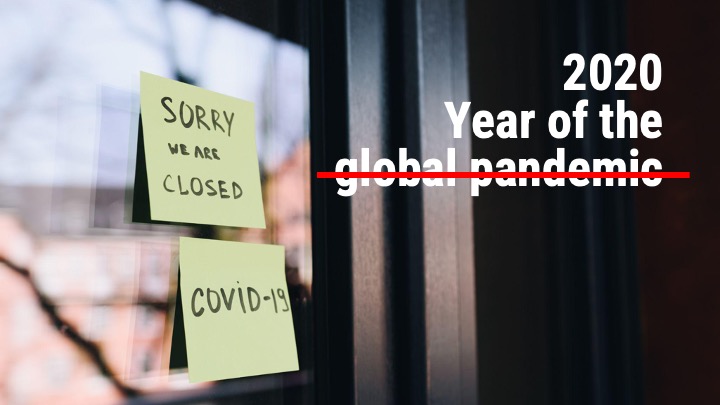
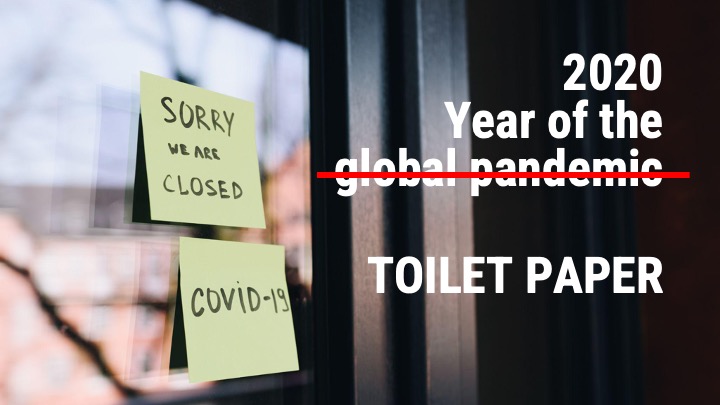
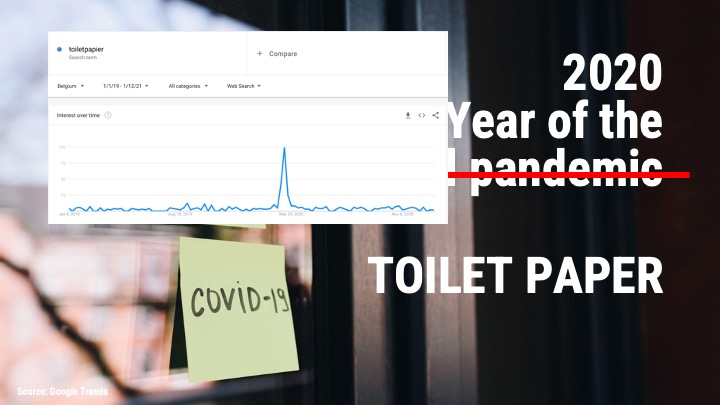

It was definitely the year of DIY.

As the world found comfort within the limits of their homes, a surge in DIY projects and home renovations followed. Consequently this brand was thriving. Business results were flourishing and robust marketing investments were made available. Awareness campaigns were omnipresent, complemented by a robust performance layer – a holistic strategy firing on all cylinders.
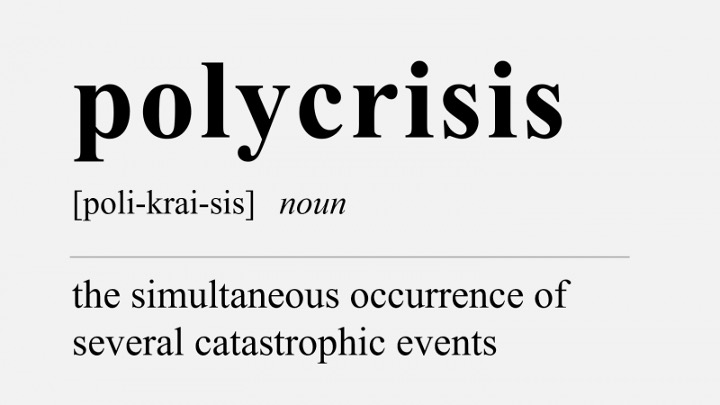
However, the story took a sharp turn with the beginning of the energy crisis and the war in Ukraine. Consumer behavior shifted, becoming more conservative in their home investments. Adding to the challenge, the prices of products, produced in Europe, had to increase. Demand shrank, leading to substantial marketing budget cuts.
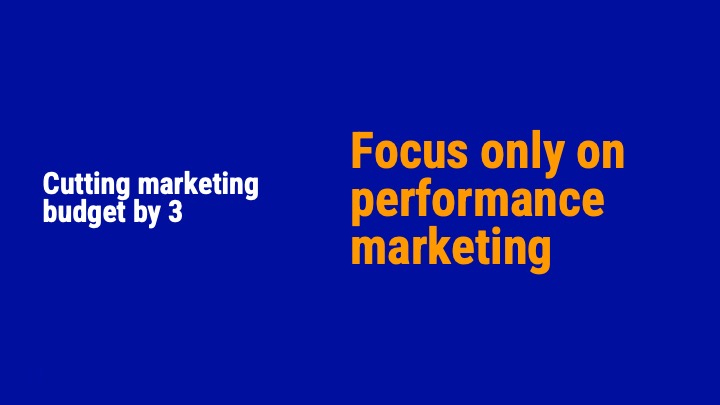
Concretely,the central marketing team did, what everyone would do, prioritize the significantly lower budget on performance. This means a sole focus on advertising to drive store traffic.
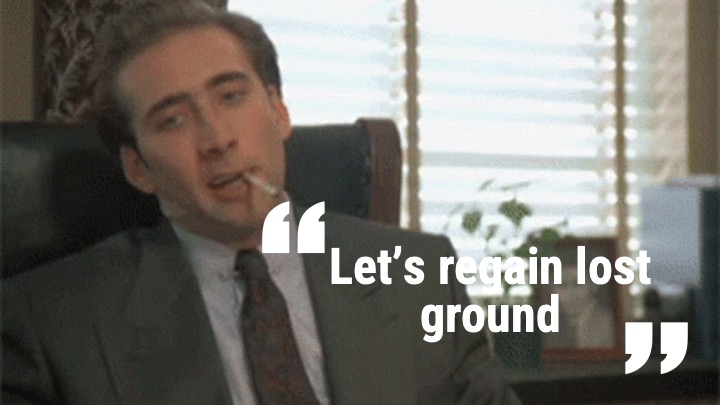
Eager to regain lost ground, the marketing team put all their money on Search Engine Advertising (SEA), pMax, and cautiously explored into consideration ads on Meta.
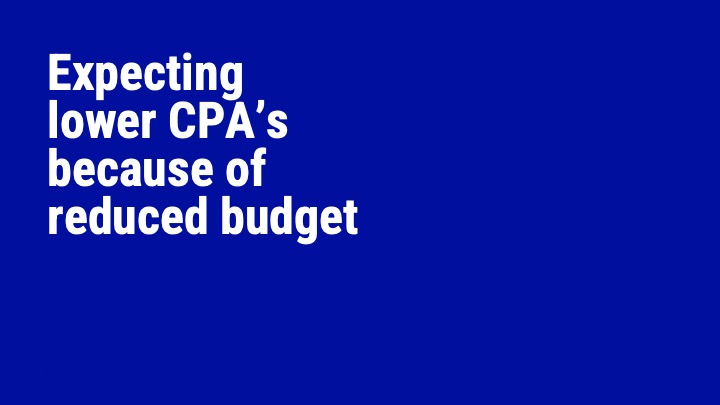
One might naturally assume that with a sole focus on performance marketing and a reduced overall investment compared to the previous years, the cost per drive to store would decrease. But reality had a different story to tell.

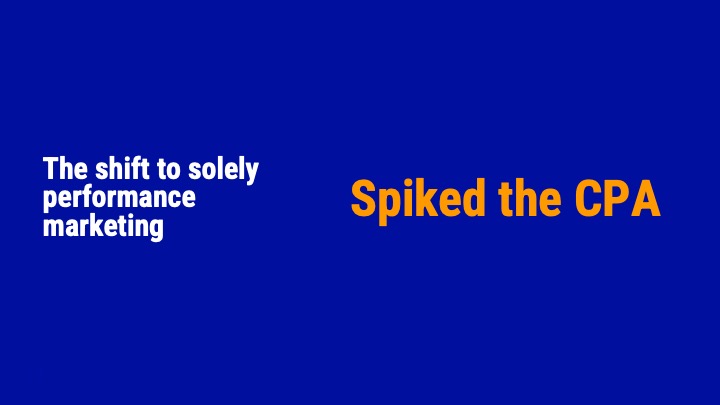
The marketing team found itself facing a higher CPA with a pure performance strategy than when its efforts were balanced with years of brand awareness campaigns. (always on-awareness + performance).

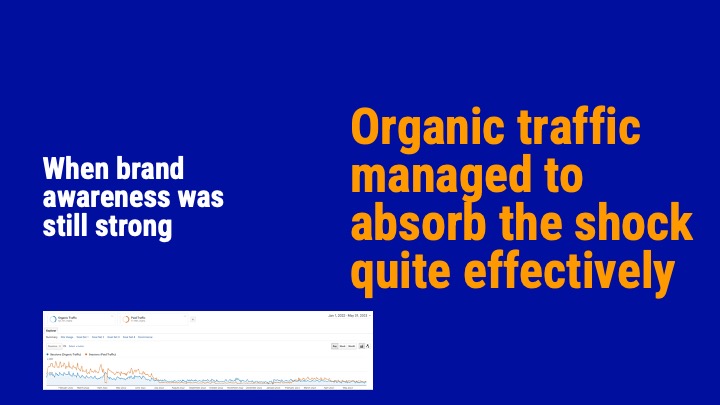
So what happened? Let’s have a look at the pulse of most companies: their online traffic. And make a comparison between organic traffic and paid traffic. The marketing budget cut happened in July 2022. But let’s first have a look at what happened in April 2022. Experience tells us that when running campaigns, sometimes things don’t go as planned and a glitch enters into the system. That is what you see in the graph. In April 2022, during one week the Google Ads account got blocked. At this time all other campaigns were still running, so organic traffic managed to absorb quite effectively the shock.
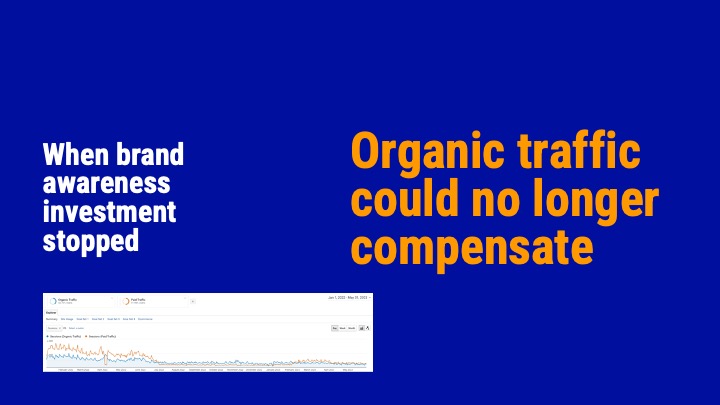
Moving forward to July, when everything was tuned down to the absolute minimum of performance marketing. We note a direct drop everywhere. Even organic traffic can’t compensate.
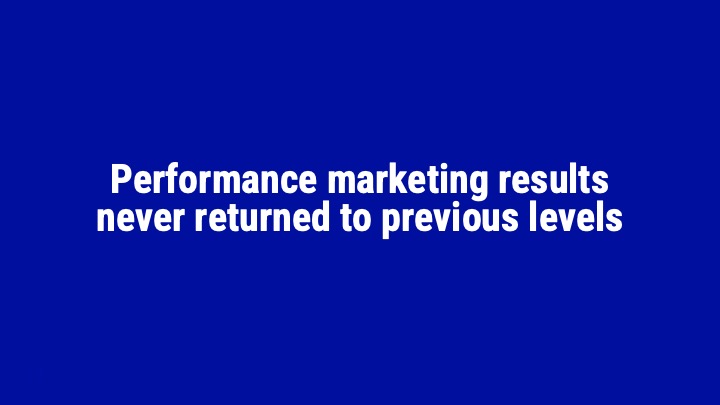
In the months after, performance marketing results never returned to previous levels.
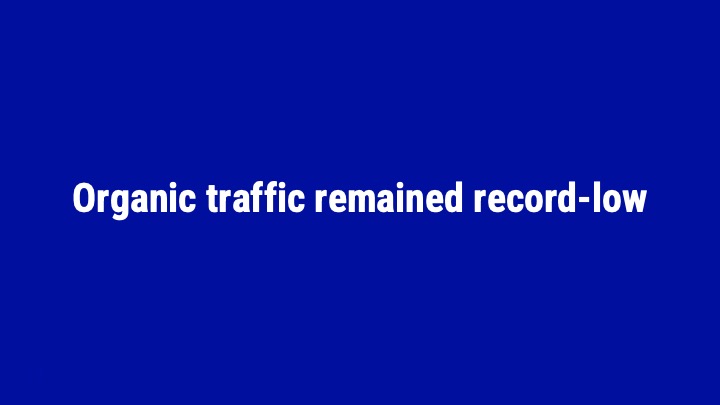
What's more, organic traffic remained substantially lower than ever before.
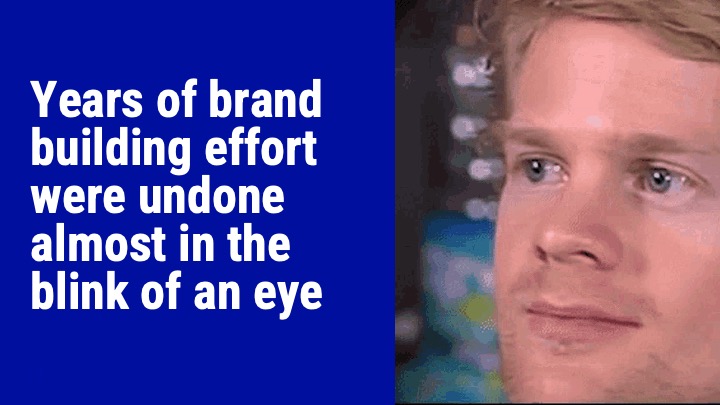
The stark reality we face is that years of meticulous effort to build brand awareness were dismantled almost in the blink of an eye.

Now, if we look at this story from a great distance, we can recognize a widely known phenomenon:
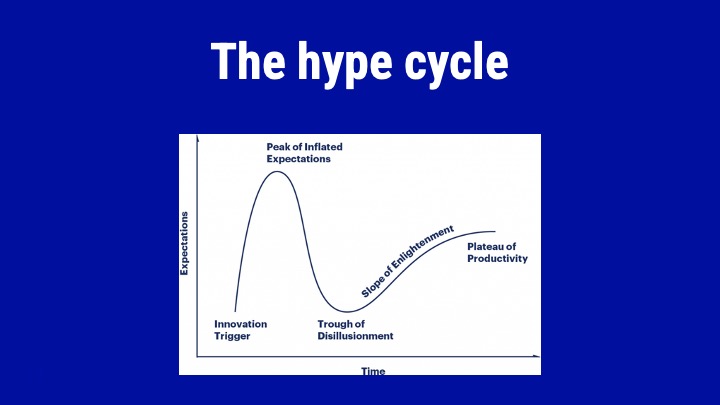
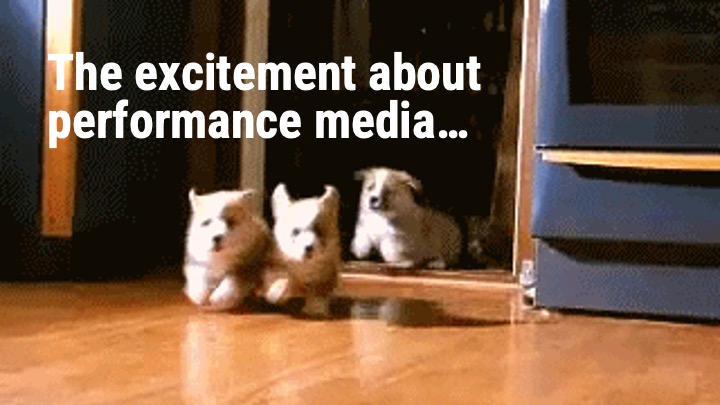
More in particular the excitement about digital media
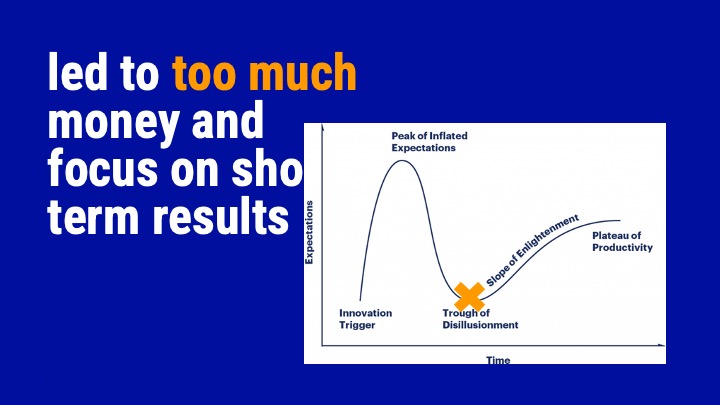
led to too much money and focus on short-term results. A study done based on the data from the IPA (Institute of Practitioners in Advertising) shows the same phenomenon as our Semetis client experienced. The effectiveness of performance marketing declines during the hype.

The good news
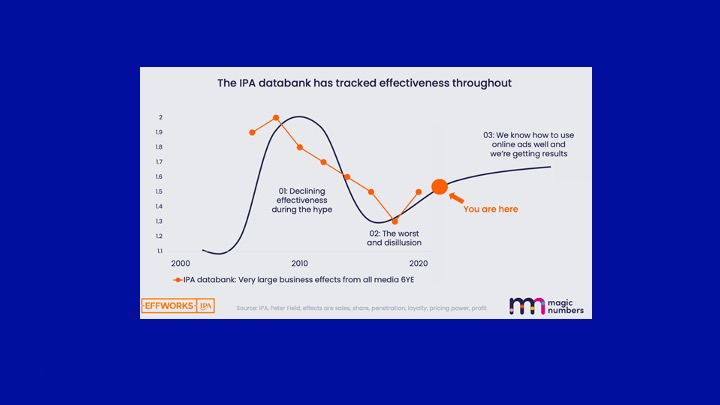
the hype cycle also shows that things will get better. To get out of the face of “disillusion” we must rethink our strategies. There is no contradiction between performance marketing and brand building. It’s time to embrace a more nuanced approach. Marketers following brand growth principles more closely will make a difference. Marketers that know how to use digital ads well, will get results.
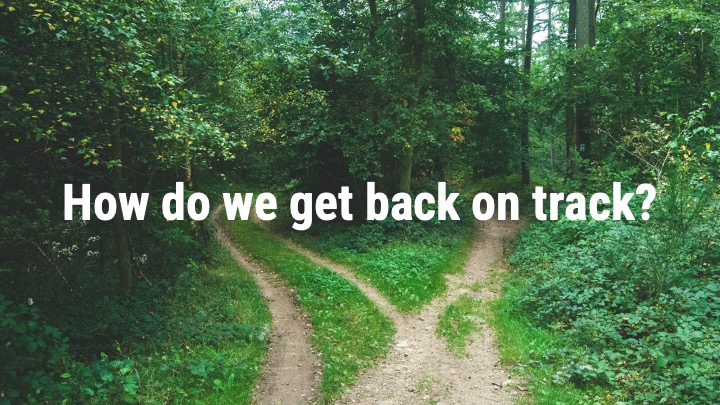

Well, I started this whole presentation with a bold statement “Performance Marketing is Dead?”. Now, FYI more bold statements will come. Because I firmly believe that challenging conventions is how we become better marketers.
So is performance marketing dead? Well, there is an important nuance.
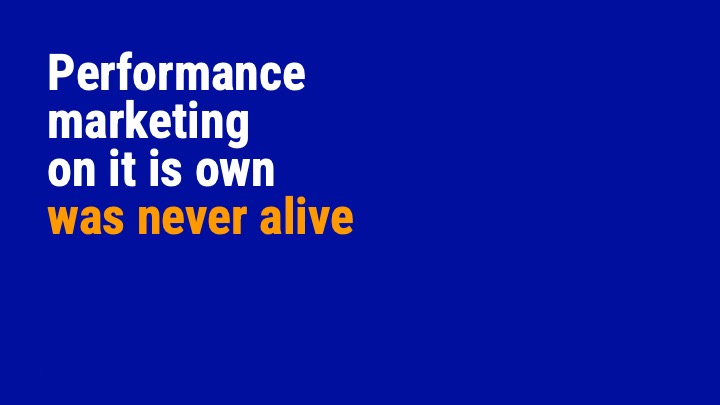
Performance Marketing on it is own was never alive.

Performance Marketing is connected to life support.
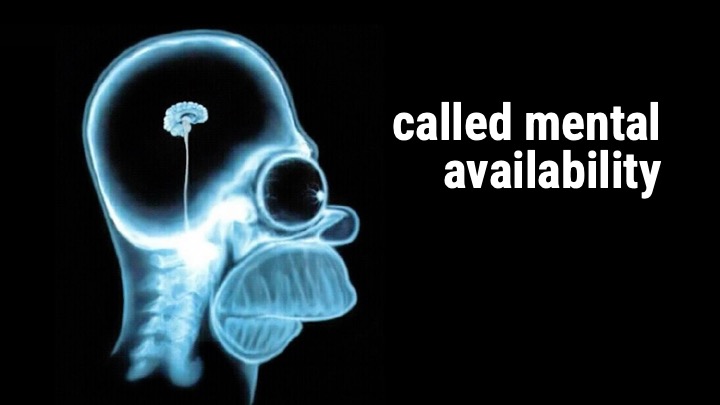
And that is called “mental availability”.

And mental availability relies on previous attention.
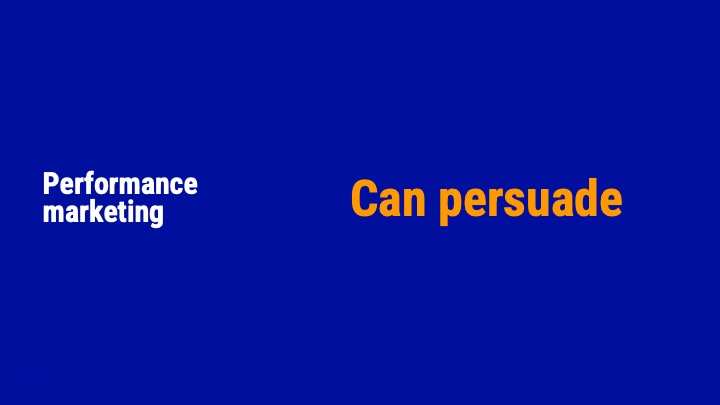
Performance Marketing works well for everything that is persuasion
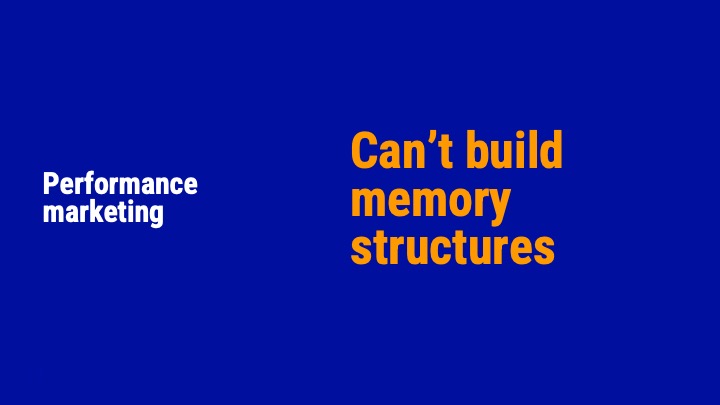
but it can’t build memory structures
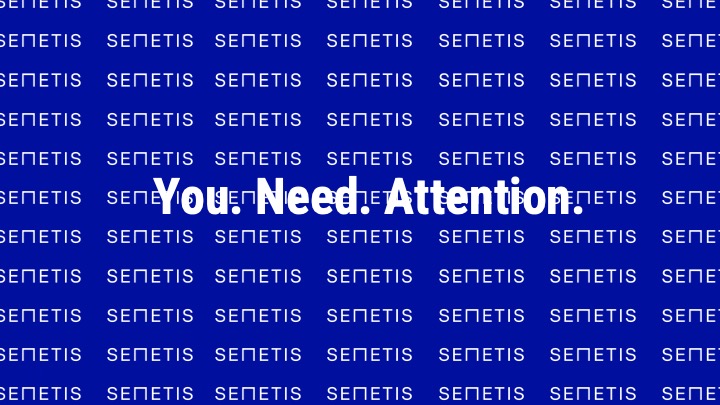
To build mental availability the necessary attention is required. Attention is the core of long-term brand building.

Have you ever thought that social platforms are “eavesdropping”? You suddenly see ads appearing on your social media apps after talking about it out loud.

The platforms are not listening to your voice conversations.

It is you who suddenly has the mental availability to see them. It exactly like finding Wally.
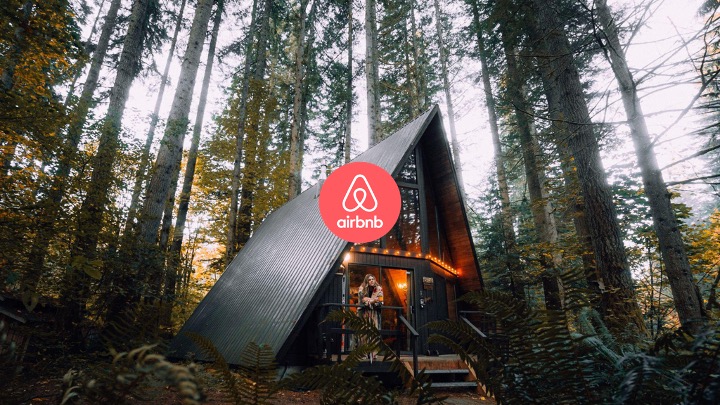
Let’s talk about a brand that succeeded in overcoming it.
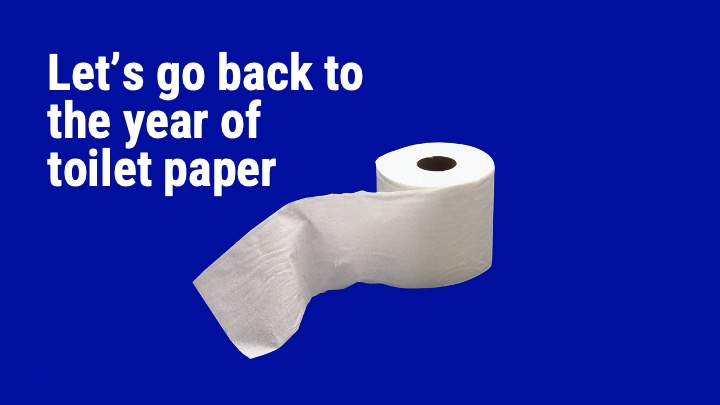
Let’s go back to the year of toilet paper.
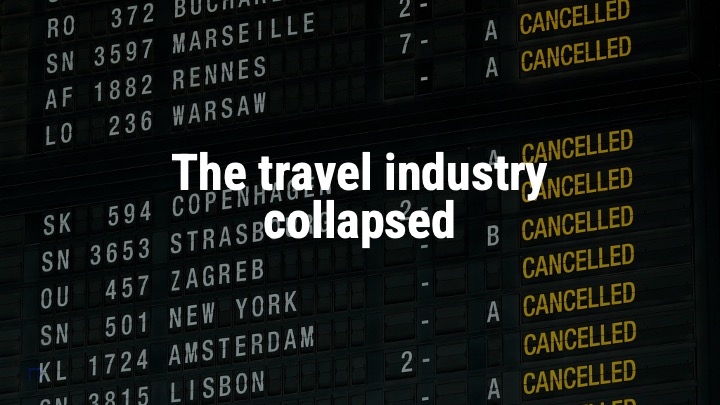
That year is also known as the year were the travel industry collapses.
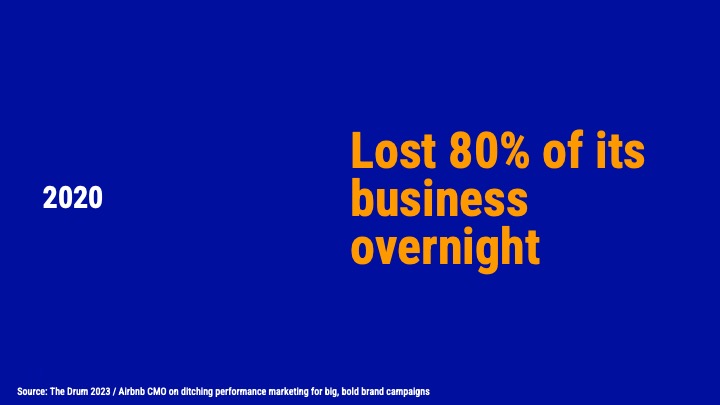
Airbnb lost about 80% of its business overnight.
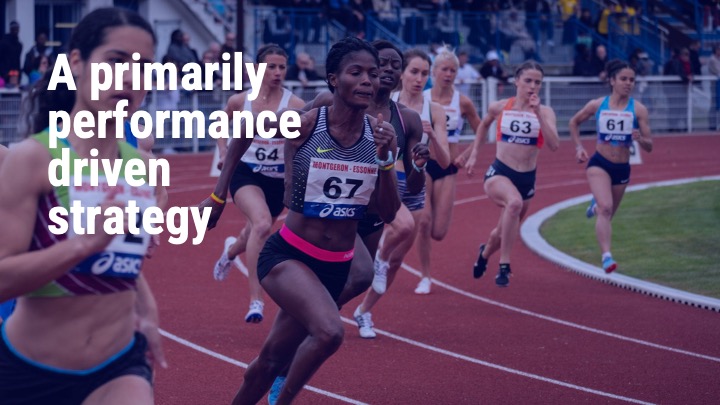
Pre-pandemic, Airbnb’s marketing strategy was primarily performance-driven, with much of it dedicated to digital advertising. The pandemic flipped the business on its head and the performance marketing wasn’t delivering what the brand needed.
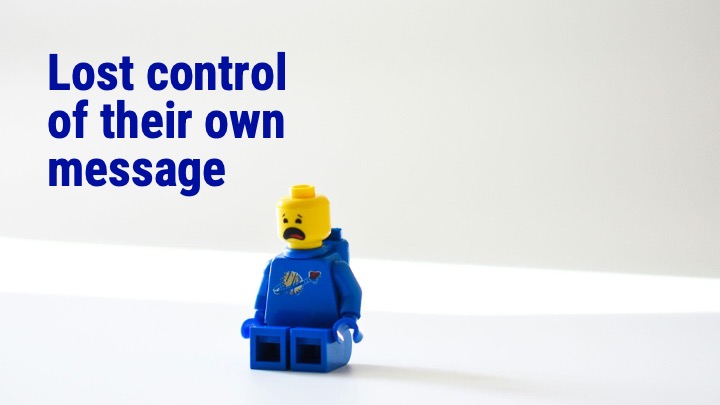
The problem was that Airbnb wasn’t able to put its own message out into people’s minds, so the messages were driven by what the world and social media were talking about. Airbnb admitted an over-reliance on performance.
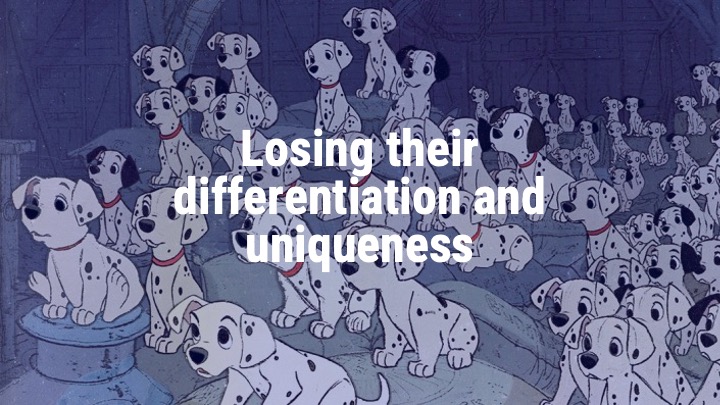
They were losing their differentiation. There were a lot of competing options for travelers out there and Airbnb was losing its uniqueness.

So they solved it with a big-bang branding campaign?

No, not exactly. Giving branding a renaissance is not enough to break free and grow again.
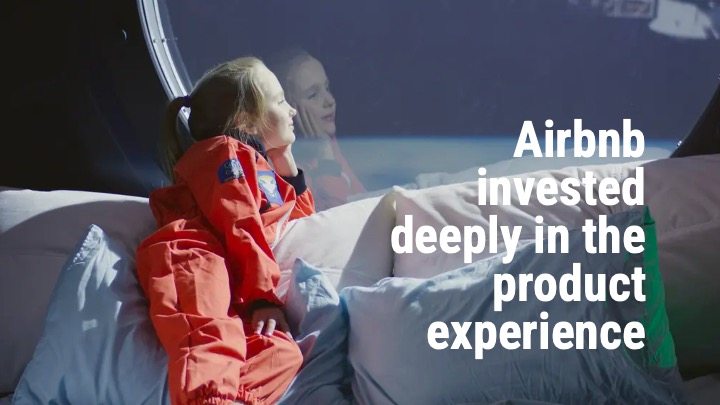
First, they invested deeply in developing and highlighting specific features and tools that set their product and experience apart. Then they made sure to keep both the product and brand in dialogue at all times.

By building their brand around this unique product experience. Within the first seconds of the campaign, the animation communicates their differentiator “If you are taking a trip with your friends, why pay for four hotel rooms to stay apart? Get an Airbnb and stay together for less”.
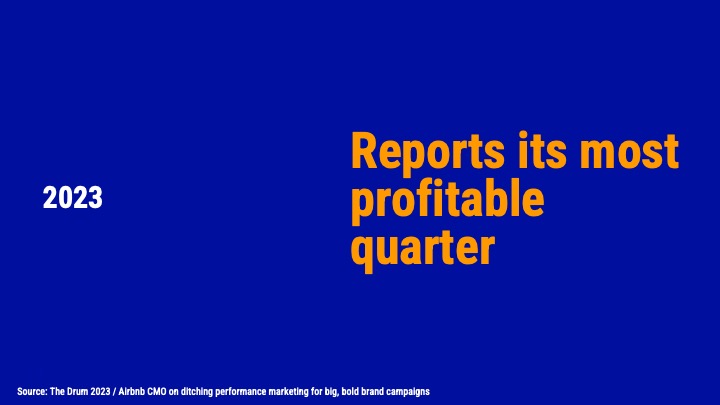
Two years after deciding to relocate marketing spending Airbnb reported its most profitable quarter in February 2023.

How do you break free and start growing again?

Is there a magical formula?
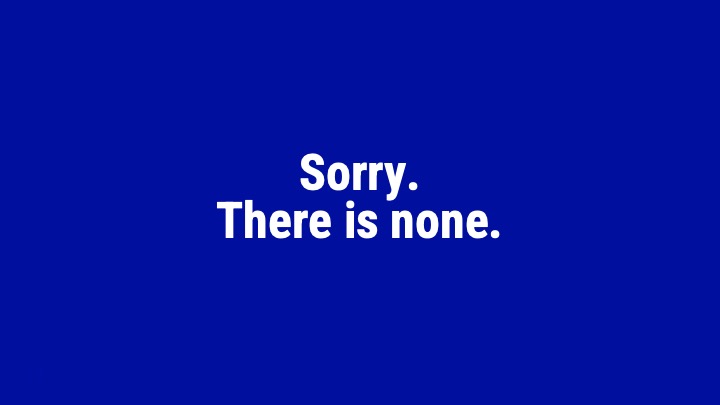
Well, no.. Because it means so many things.
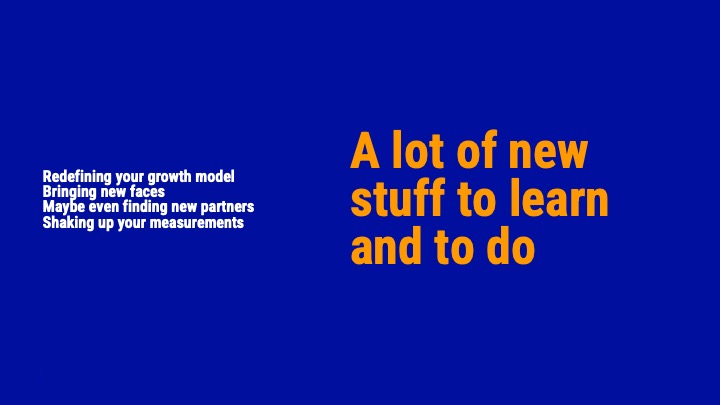
Like redefining your growth model, bringing in new faces, maybe even finding new partners, and shaking up your measurements. And that is a lot of new stuff to learn and to do, which is why the performance plateau can stick around.

But let’s start with the biggest pitfall. Brands have difficulty recognizing that they are on the performance plateau. If you can't recognize you are in this situation you can’t move beyond the plateau.

Even though I can’t provide you with a magical formula. I can provide you with a couple of things to consider:
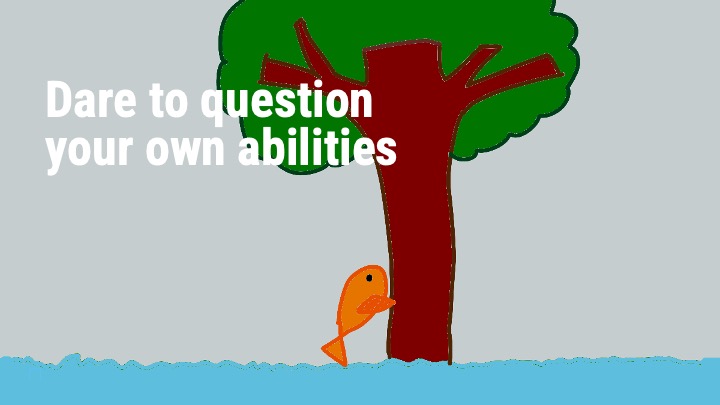
It can be that you lack the experience, people, and partners needed to break free from the plateau. Dare to question your own abilities and those of your team.
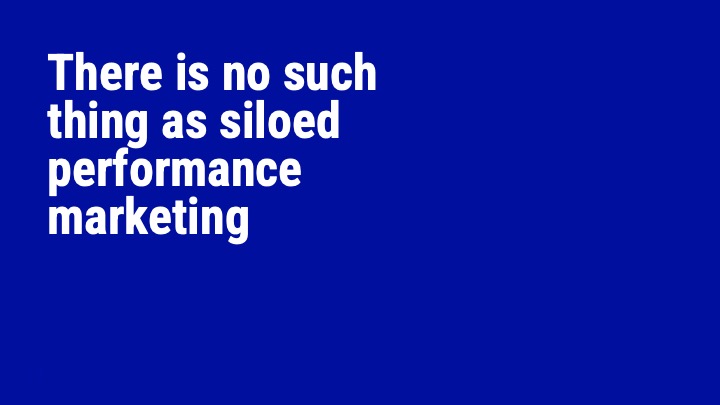
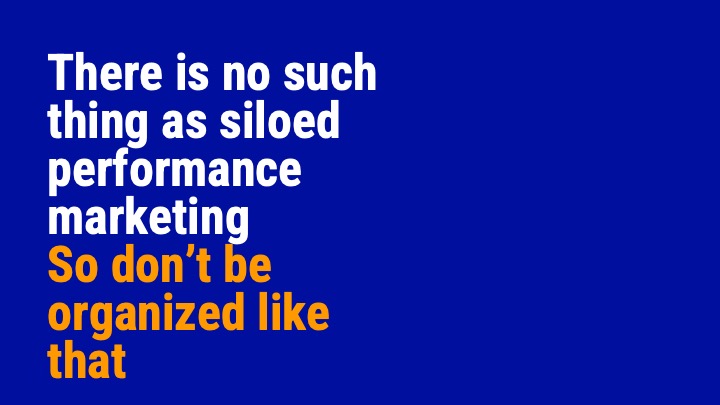
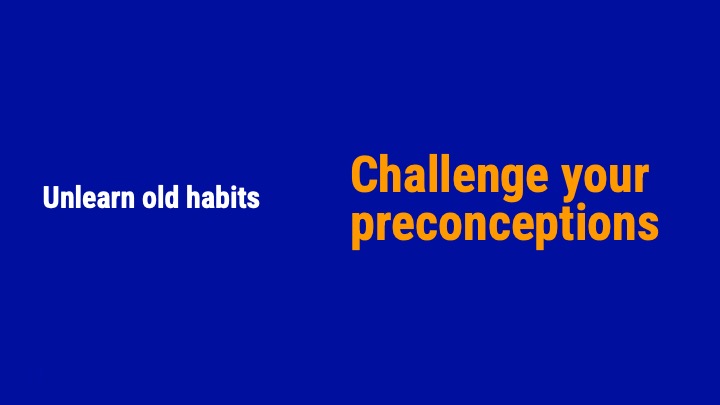
Unlearning old habits. Let go of what you know and are used to. Get comfortable with ambiguity and embrace the unknown. It means challenging your preconceptions.
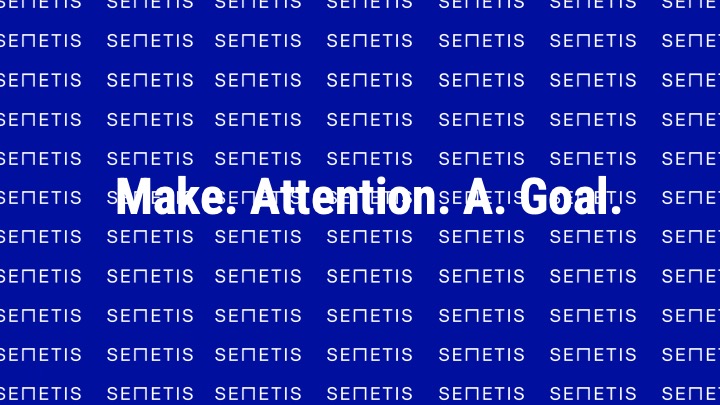
Make attention a goal. Don’t ignore it. Let me walk you through three trends that are damaging the core of long-term brand-building.
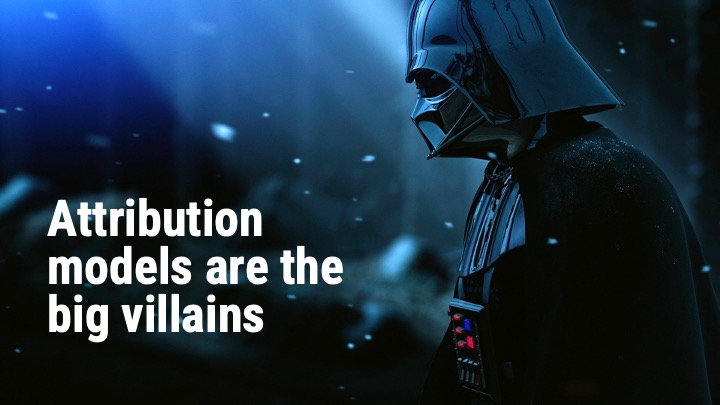
The big villains in this story are attribution models. You need to watch out for these. It should become more widely accepted that attribution tracking is only a half-truth. It is far more likely that a user who converts was previously exposed to the brand in a channel that is no longer being tracked (due to privacy regulations) or was never trackable. Essentially, advertising, thought leadership, content publishing, and word of mouth can have a sizable impact on conversions without getting any credit for it. So when attribution, a half-truth, is viewed too granularly, it is very likely that channels get deprioritized while they should not. I see attribution models more as a trap for only investing in channels that aren’t intended to build attention.
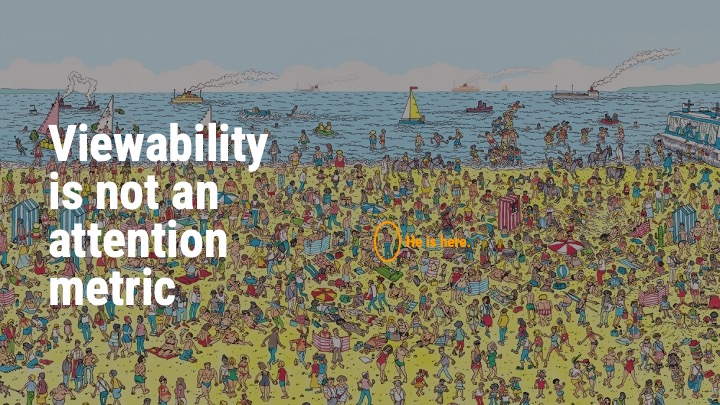
For more than 20 years the “Share of Voice” rule has served brands well. Increasing the share of voice leads to growth for brands. In a digital world, we often use “viewability” as a replacement metric for attention. However, knowing whether attention was paid to an ad can only be told by observing human activity. A study done by Nelson-Field shows not-so-pretty results.

On average less than one-fourth of “viewable” time translates into actual attention.
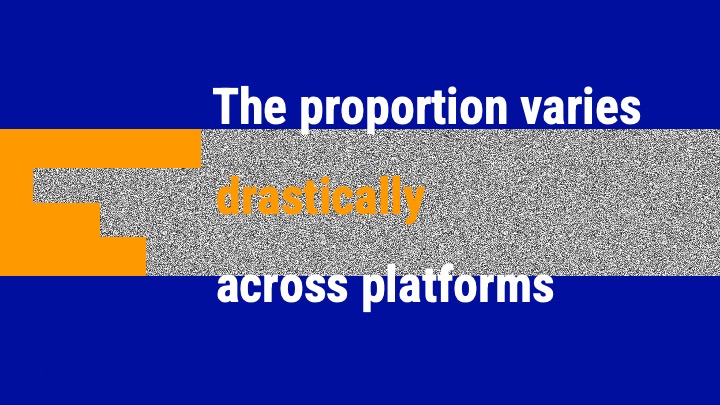
This wouldn’t necessarily be a problem, but the proportion varies dramatically across platforms. This makes time in a view a very unstable metric. Moreover, time in view doesn’t predict attention because digital platforms work so differently. So don’t use viewability nor time in view to value the attention-building capacity of a platform.
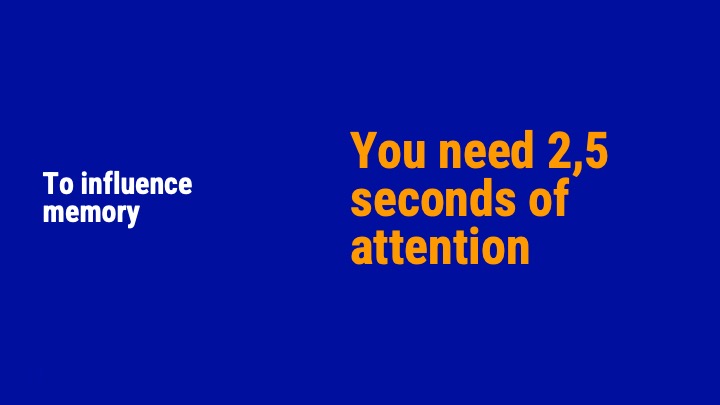
You need to keep someone's attention for 2,5 seconds before you have a chance of influencing memory.
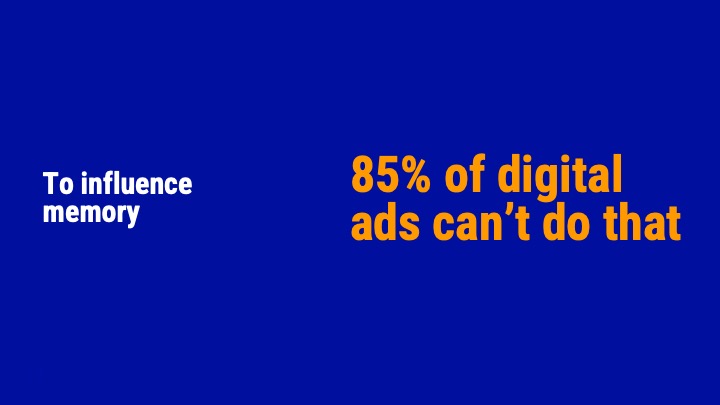
Around 85% of digital ads don’t do this. The more a digital platform has user interface choices, the lower the level of attention an ad can generate.
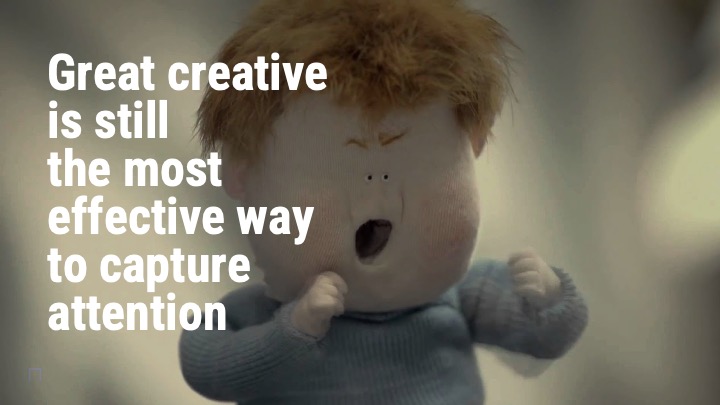
Great creative is still the most effective way to drive the kind of attention that builds strong brands. We have seen that a couple of elements are very effective to drive attention.
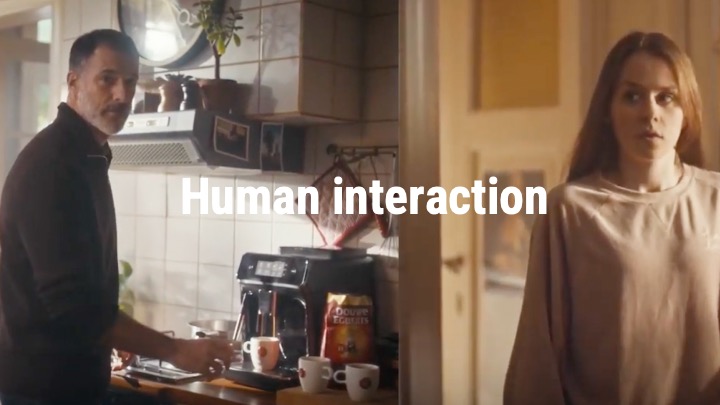
Human interaction
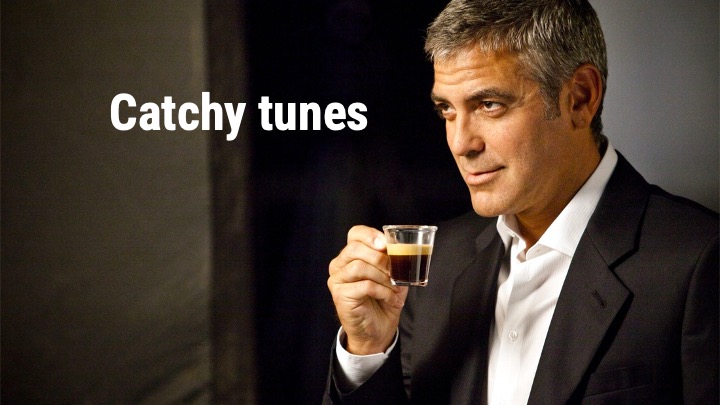
Catchy tunes
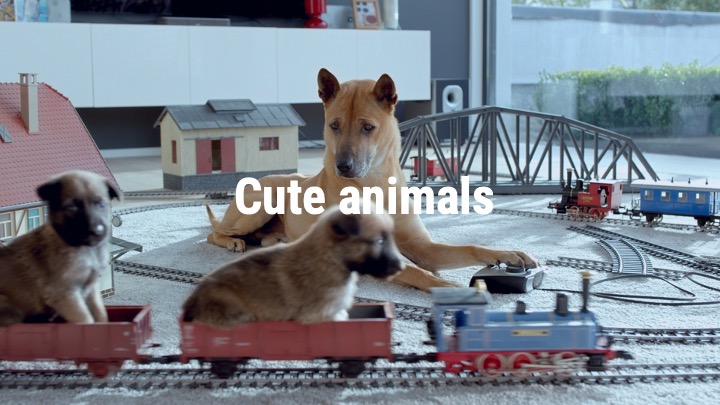
, and who still remembers Kito from Electrabel (now Engie)? Yes, even cute animals show to be the most effective to get attention.
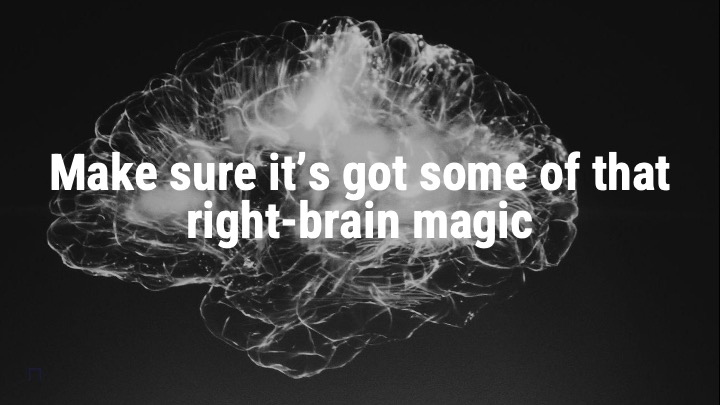
Basically, make sure the creative has some of that right-brain magic.
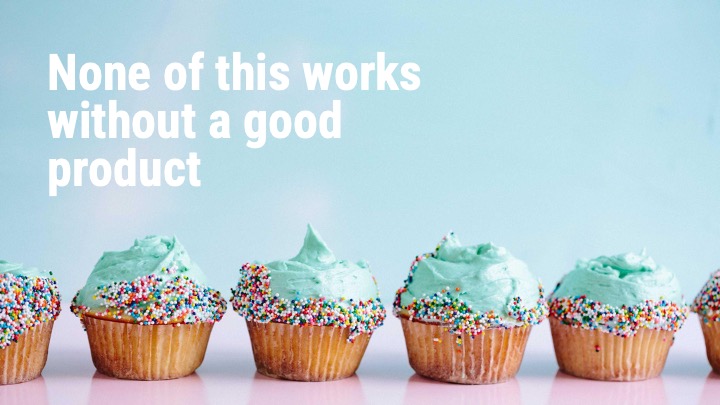
Obviously, none of this works without a good product or service. It is like the frosting on the cake. If the cake is not good, it will still taste shitty.
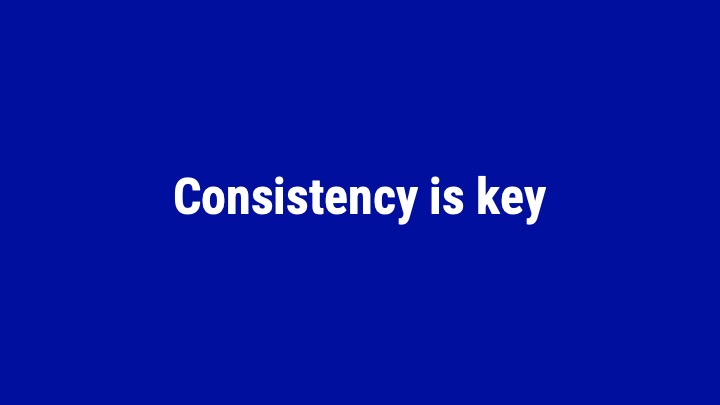
You need to stay consistent.
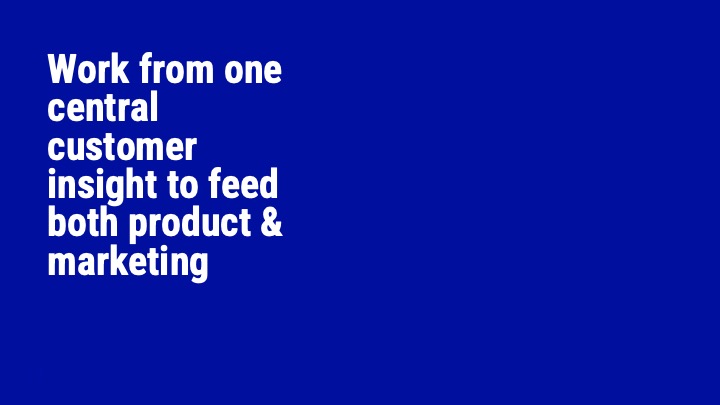
Work from one central customer insight that then feeds what you do on the product, and that same insight should also feed how you market it and how you talk about it.
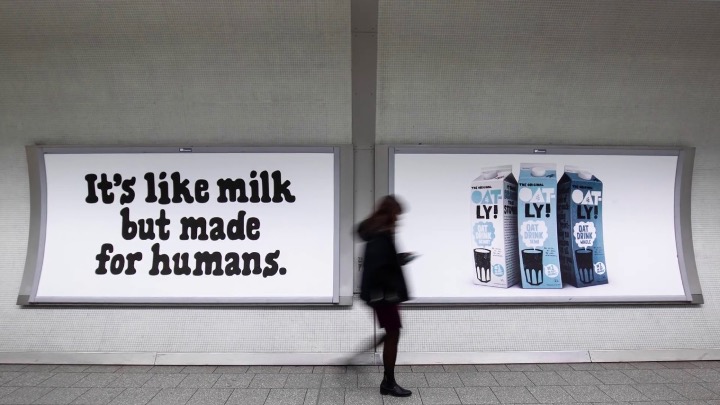
Basically, your approach should be one where product development and marketing go hand-in-hand. Oatly is very good example for that.
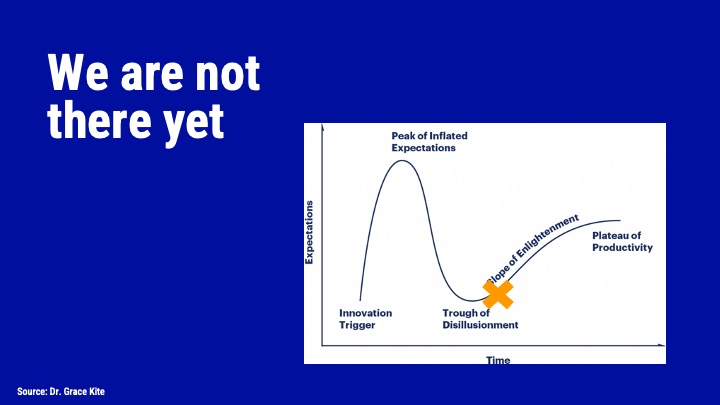
So, media consumption continues to shift into digital. Marketing budgets will continue to follow. And what you need to realize is that we marketers are still on a maturity journey in how to build brands online. We are not yet on the productivity platform of the hype cycle. Marketers need to learn how to create a fit-for-platform creative that both differentiates a brand and provokes an emotional response and yields a long-term effect.

But hey, There is a reassuring note.
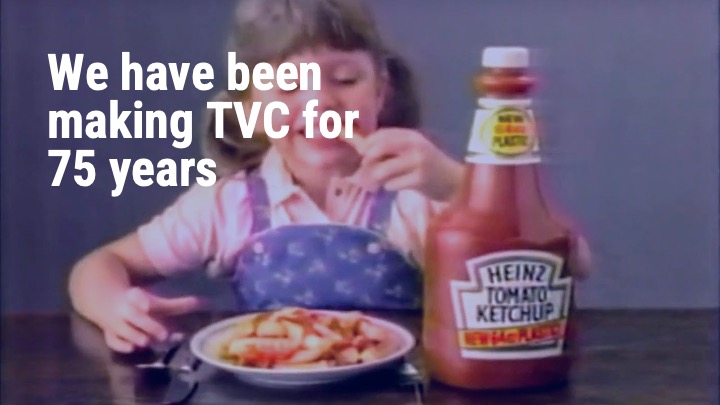
We have been making television commercials for 75 years,
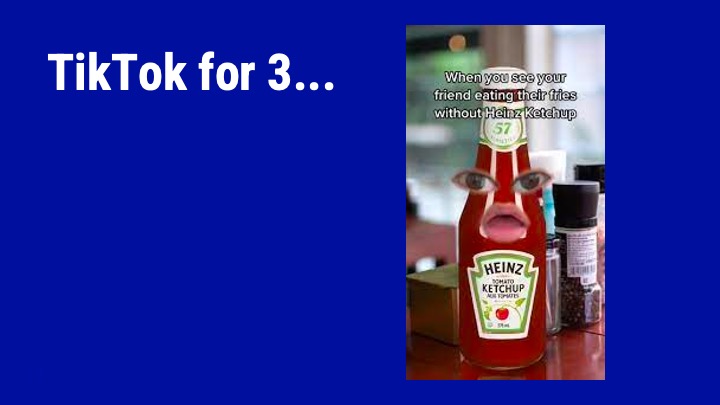
TikTok ads for three …
